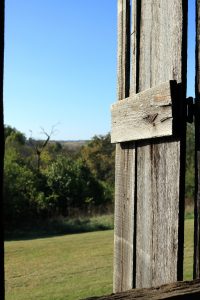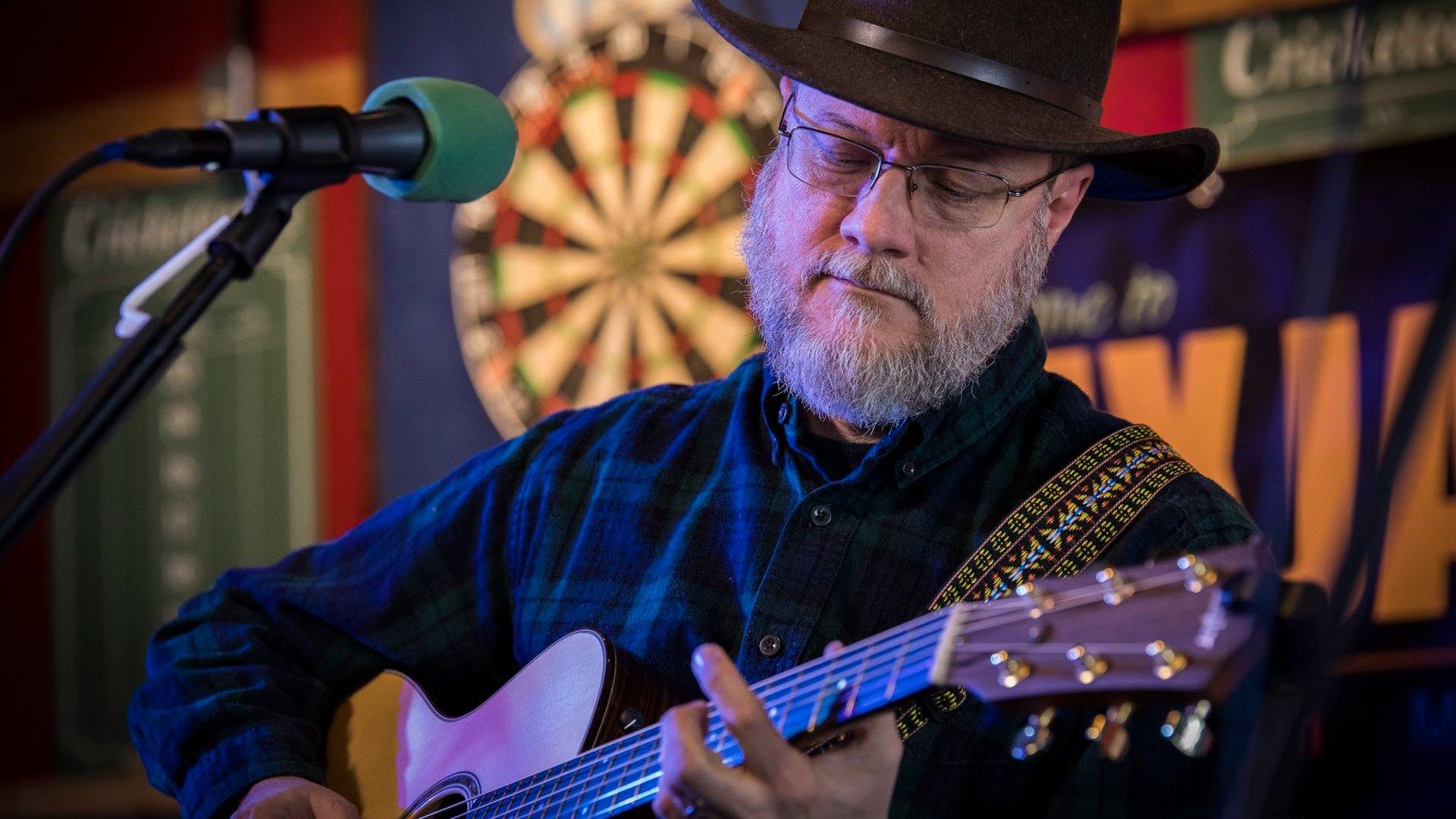
Occasionally, I get to spend a weekend immersed in music, associating with other musicians, sharing, and receiving. This past weekend the SongFarmers Gathering at the Shaker Village at Pleasant Hill, Kentucky, offered just such an opportunity. The weekend reminded me of the importance of group singing, uniting our voices in harmony. It reinforced my belief that as human beings, we are never more closely united than when we sing together. Using that most ancient of instruments, the human voice, draws us together.
Songfarmers are members of the Woodsongs Front Porch Association. The annual gathering brings us together for workshops and performances. I participated as a member of the Front Porch Association and had the opportunity to offer performances on Friday evening and Saturday afternoon, but I also participated as a member of the Sara Holroyd Singers.
Sara Holroyd Singers
The Sara Holroyd Singers are a group of University of Kentucky Choristers alumni, people who traveled to the Shaker Village in the late 1970s and early 1980s to reenact a Shaker worship service, using a choral arrangement by Salli Terri. The Singers have returned to Shakertown during each of the last two Gatherings and performed Salli Terri’s arrangement. When the Singers perform A Shaker Worship Service, voices in harmony recall the worship, fervor, and work of those who built and settled the village. None of us who performed that music in that place, in this century or the last, emerged untouched.
Two workshops on Saturday built on that experience and highlighted the weekend. Immediately after the Singers’ second performance in the barn, folks set up chairs in a hollow square on the stage, and I joined the shape note singing workshop. Following that workshop, some folks from the Kentucky Center for Traditional Music led a workshop on singing harmony.
Shape Note Singing
Shape note was the method used in the southern singing schools. People learned to sing, sang songs of faith, and enjoyed fellowship with one another. Singings were social gatherings, not worship services, but the singing carried over into worship, especially in the a capella stream of the Stone-Campbell Restoration Movement, the Churches of Christ. In the singing schools and at sacred harp singings, people learned to carry the part on their side of the square and enjoy how that contributed to the whole.
My tribe of Christians, the Christian Church (Disciples of Christ), comprises another stream of the Stone-Campbell Movement, a movement founded with Christian unity as its polar star. I have often said that our brothers and sisters in the Church of Christ tradition are onto something with the a capella singing. They could teach us a little about unity. I don’t think anything expresses the nature of Christian unity better than the act of singing together. Unity does not require that every one sing the same part. It does require each one to carry their own part, all the while aware of the others and how the voices in harmony contribute to the whole mission.
Harmony
The harmony workshop reinforced that idea. We learned how to take the notes of a triad, form those to the contour of the melody, and build three part harmony. A huge factor in the success of harmony is being able to depend on your fellow singers to carry their part. You need to know what they’re going to do. Harmony singing stands in contrast to an egocentric culture. The idea, “I’ll stand over here and make up my own part; you fit in wherever you can,” doesn’t work. To produce harmony, the singers work together in an interdependent relationship.
It was a weekend of singing. It was a weekend of fellowship. It was a weekend of harmony. And it made me think about that polar star of unity. It is harmony. It requires interdependence. It requires relationship. It requires parts sung individually with an ear tuned to the combined sound. It requires the commitment to sit together in the square. Perhaps we all need more singing, less observation, and less performance.
I think we could get the hang of it.
